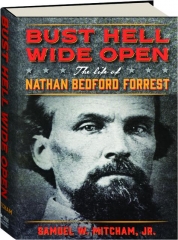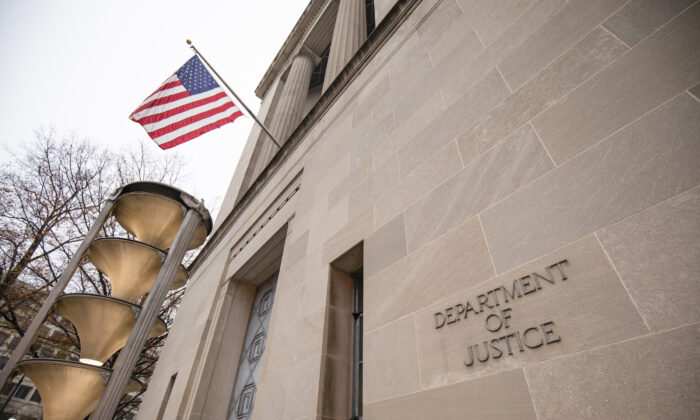
I have attached House Bill 1537. I did not attach Senate Bill 183
because the two Bills have identical wording. They both passed on
close votes mostly along Party Lines as expected. We knew after the
November election we were in serious trouble. As we predicted we would
be in September if the Democrats took control of the Legislature.
This Bill affects ALL WAR MONUMENTS--- Forget the cover word
"Confederate" they have been using. If they only wanted this Bill to
apply to Confederate Monuments, the Bill would and could have
specified that. That in itself tells you the ultimate goal is to
target others such has already taken place in Cape Charles where a
World War One memorial plaque was covered and Charlottesville where it
has been passed to remove statues of Lewis and Clark along with Thomas
Jefferson Day was abolished. There was also a Bill introduced to
change Columbus Day to Indigenous Peoples Day, it was defeated, but
only after all of the National, State and Local Italian organizations
opposed it. They were successful I am told because of their organizations
have influential Democrat members that got involved.
This Bill now goes to the Governor and I am told he has these options:
1. Do nothing and it becomes law.
2. Sign the Bill into Law.
3. Veto the Bill
3. Amend the Bill with his own Amendments and then it goes back to the
legislature on April 22, 2020 in the Session where they vote on his
Amendments and Veto's.
It is very highly likely that he will immediately sign this Bill into
law and it will become effective July 1, 2020.
My prediction is that in some places you will see the procedure for
removing Monuments begin on July 2, 2020 and some monuments will start
to come down around September 2020.
All of our efforts were not in vain. The original Bill that would have
passed had we done nothing was basically a "locality votes and then
takes a monuments down, alters it, destroy it or basically does
whatever they want with it." Bill. Through our efforts, we gained the
following that was not included in the original Bill.
I am not going to pretend that this outcome is anything but BAD. It is
just not as bad as it could have been.It was certainly not unexpected
though. We went into this fight without the votes in the Legislature
we needed.
1. The words that allowed localities to DESTROY or ALTER the
Monuments were removed. They can not legally destroy or alter
monuments although I am told that removing or moving a monument will
not be considered altering or destroying it for the purposes of this
Bill. Altering a monument would be physically altering the monument
such as attaching something directly to it, cutting off parts or
changing parts of it.
2. Before taking any action a locality must give 30 days notice of a
Public Hearing with a published Notice in a local newspaper.
3. A Locality is required to have a Public Hearing, but no sooner than
30 days after the newspaper Notice is published.
4. If a locality votes to do anything with a monument they must offer
the Monument for relocation and placement to a museum, historical
society, government, or military battlefield for 30 days. The Locality
has the final authority to decide what happens with the monument after
that 30 days, but it is my understanding they can store but not
destroy or alter it.
5. A Locality is now allowed to have a voter Advisory Referendum on
what is to be done with a monument. It is my understanding that they
do NOT have to follow the outcome of the Voter Referendum because it
is "advisory".
6. If a Locality decides to contextualize a monument ( signs put up
physically or by electronic means with a message about the monument)
the Board of Historic Resources "shall promulgate regulations" on how
this is done.
One very bad thing, in my opinion, is that any legal action for
violation of this Statute is left up to the locality where the
monument is located. I am sure that if a locality refuses to enforce
this Statute we will again retain attorneys and take whatever legal
action is possible as we have done in the past.
Rest assured that everything that could be done, was done. Many hours
and thousands of dollars were spent defending our history from those
that intend to destroy it.Your help with making phone calls and
sending e-mails was invaluable.
Below listed is what you must do now to protect all historic monuments
of every type. Do not just pay attention to Confederate Monuments. All
historic monuments are targets and it is our duty is to protect them
all.
1.Research the history of ownership of the monument and land it
occupies in your community. Also, any speeches made or newspaper
articles are written at the time it was dedicated.
2. Be VERY vigilant for any indication that some action is being taken
on a War Monument. We wanted a requirement that a locality had to post
notice of pending action on its web site and the governing body's
meeting Agenda, but that was cut out. This telegraphs the intention of
those that want to destroy these historic artifacts. They only want a
postage stamp size advertisement in some obscure local newspaper to be
required so they can sneak this procedure through without the general
public finding out.
3. If a locality commences any action in reference to any monument
immediately organize opposition, if it is a war monument that is being
threatened, demand the Advisory Referendum as provided in the Statute.
This referendum is at the localities discretion and they will not want
to take this action. This is because every Poll I have seen that was
taken Nationally, Statewide or in any Locality has had the same
result. The General Public wants all historic monuments left alone.
Those afraid to express their opinion in public, will in a voting
booth. Press hard for the decision to be truly left up to the
citizens.
4. Remember local opposition from their own citizens is what local
government officials pay attention to, not "outsiders". Getting
outside help is good, but without local organization and resistance,
it ultimately will not be of much help.
5. Take photographs and video of monuments being taken down and before
and after photographs of the locations where they were located. These
will by used for ourselves, politicians and others that support us and
to record these disgusting actions for future generations. Many
people that have never paid attention to this issue, will when they
actually see the destruction occur. Hearing about an event is one
thing, seeing it is another. We want to make sure everyone sees what
they do and their celebrations while they are doing it, especially at
election time.
News on the Lee Statue in the U.S.Capital--------------- :
The attached Senate Bill SB612 was passed this morning that will start
the process of removing the Robert E. Lee statue from the U.S.
Capital. I am attaching a copy of this Bill that explains how this
procedure works. We should all oppose this action.
Remember elections have consequences, sometimes like now serious ones.
It takes more than a vote. Work for candidates, donate money, knock on
doors, make phone calls, join the local political party that supports
your view on preserving history. In my opinion, those that do nothing
to stop these despicable actions are just as guilty as those that do
them. Let us hope these destroyers of History have " awakened a sleeping
giant and filled him with a terrible resolve" as Japanese General
Yamamoto stated about the United States after their attack on Pearl
Harbor in World War Two.
To all those that have helped in any way, a VERY sincere thank
you.Especially our friends in the Legislature who gave their very
valuable time and the help of their staff to assist us.I assure you
that all that could be done was done. We were not perfect and
probably made some mistakes but did our level best and made every
sacrifice that was called for. We were just outnumbered in votes and
went into this fight fully realizing that, but we decided we rather
fight no matter the odds and show the enemies of history that whatever
they may do, it will not be without opposition that we are dedicated
and ready to do battle at every turn until the last. This fight is not
nearly over,it now moves to EVERY locality in Virginia that has ANY
historic monument of any type and we stand ready to continue the
battle.
Thank You,
Volpe Boykin



